A third of Canada’s waters trickle, cascade, gush and flow with a final rush into the Hudson Bay. To increase awareness of the world’s waterways, World Rivers Day is celebrated every fourth Sunday in September. We’d like to acknowledge the incredibleness of the rivers we know.
Rivers such as the Seal, Churchill and Nelson hold beauty and abundance along hundreds of kilometres of rapids, chutes and long smooth stretches until they reach the bay. In Canada, despite the lengthy shift from smaller streams to broad magnificent estuaries that support a rich heart of lands, these liquid arteries remain largely unseen once they reach the remote lands of the Canadian North.

They were seen by early Indigenous peoples and are still used today for those who rely on their watersheds. Before roads and highways, Canada’s rivers linked north and south and drove Canada’s development.
They’re seen by us, and our guests, and by the polar bears and beluga whales and seals and birds that woo us here. These rivers empty into the bay’s western side, each big watery maw attracting marine mammals, including whales and seals, as well as some 200 bird species, such as Arctic loons and gyrfalcons.
Seal River, Manitoba’s only major waterway that hasn’t been dammed
The estuary of the Seal River, a short boat ride from Seal River Heritage Lodge, got its name from the harbour seals that dart up from the bay kilometres up the river. The Seal River’s 260km stretch also provides habitat for wolves, moose, arctic and red fox, golden and bald eagles, and caribou. Sayisi Dene First Nation has been allied with this colossal watershed for generations and are leading the initiative to protect it.
Every summer, beluga whales glide with their pods up the Seal. We have also witnessed polar bears, ever the opportunists, stalking whales while waiting on rocks in the estuary.
Seal River was designated a Canadian Heritage River in 1992, partly due to the history of Indigenous peoples who hunted and fished here. Artifacts of Paleo-Indians dating back 7000 years have been found in this area. The Seal River also figured prominently for the Hudson’s Bay Company, one of the world’s oldest still-operating companies, which began trading with the Inuit in 1737 in settlements north of Churchill and Seal River.

Seal River Heritage Lodge Photo by Linda Warschauer
Churchill River Full of Wildlife and History
The community of Churchill is situated on the shoreline of Churchill River, a 1609km long ribbon of richness travelled by the Cree and Chipewyan. What once started as a post for trading with Indigenous peoples in the early 1700s is now a coastal town steeped in geological and cultural history, diverse wildlife and environmental studies. Boat trips carry visitors across the few kilometre-wide span to visit historic Prince of Wales Fort or to view beluga whales.
Our guests see the immense river on their flights into Churchill and get a more intimate view flying over in our smaller planes en route to Dymond Lake and Seal River Heritage lodges.
Mistikokan, Opoyastin and Menahook—Rivers To Nowhere
With the nearest paved road 220 kilometres away, Nanuk Lodge is literally in the middle of nowhere. Guests flying to Nanuk Lodge will not miss the immense Nelson River, dammed for hydroelectric power. Most of the ultra-remote rivers closer to the lodge, such as the Mistikokan, Opoyastin, and Menahook, are filled with rarely caught deep green sea-run brook trout.
Any excursion from the lodge for fishing or polar bear viewing requires tide planning to cross innumerable tidal streams and muddy bogs at low tide and recross again before high tide.
These crossings are filled with an utter sense of adventure as your all-terrain vehicle rolls over boulders, sending mud and wakes flying in the sparkling streams.
River reverence may prove trying.









